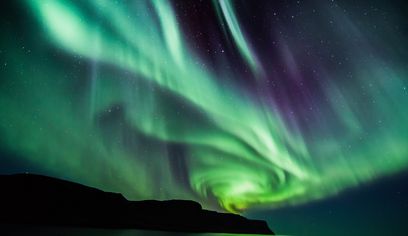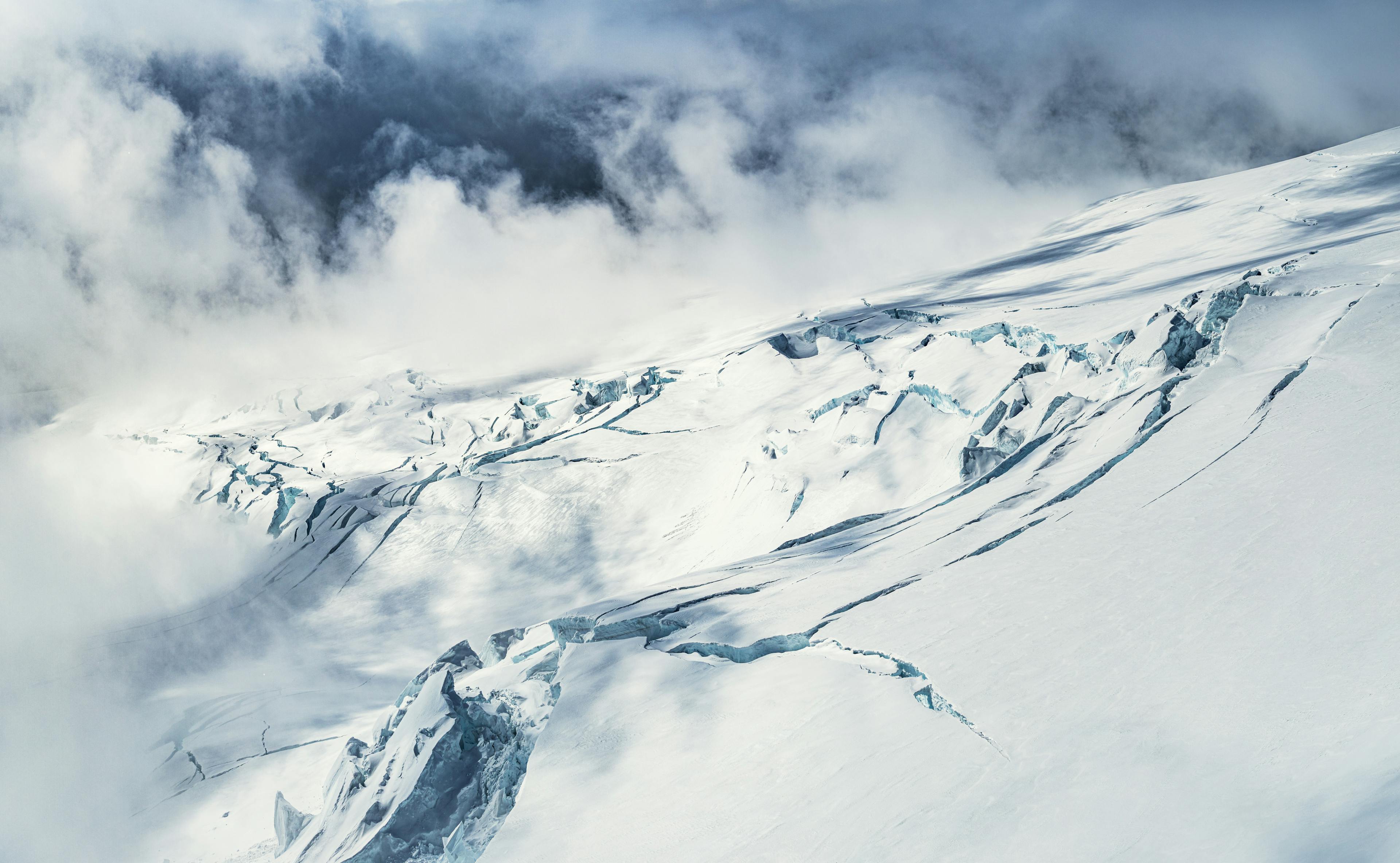
Does Sea Ice and Glacier Melting Cause the Sea Level to Rise?
The melting of glaciers and ice sheets is one of the most pressing environmental issues of our time. As temperatures rise, the loss of glacial ice contributes to the rise of the global sea level, putting millions of people at risk. But how exactly does ice loss affect sea levels? And what’s the difference between melting glaciers and melting sea ice when it comes to sea level rise?
Iceland, home to massive glaciers, is a living laboratory for understanding these issues. At Perlan in Reykjavík, guests can explore interactive exhibits on Iceland’s glaciers, learn how they are shrinking, and discover what this means for the planet.
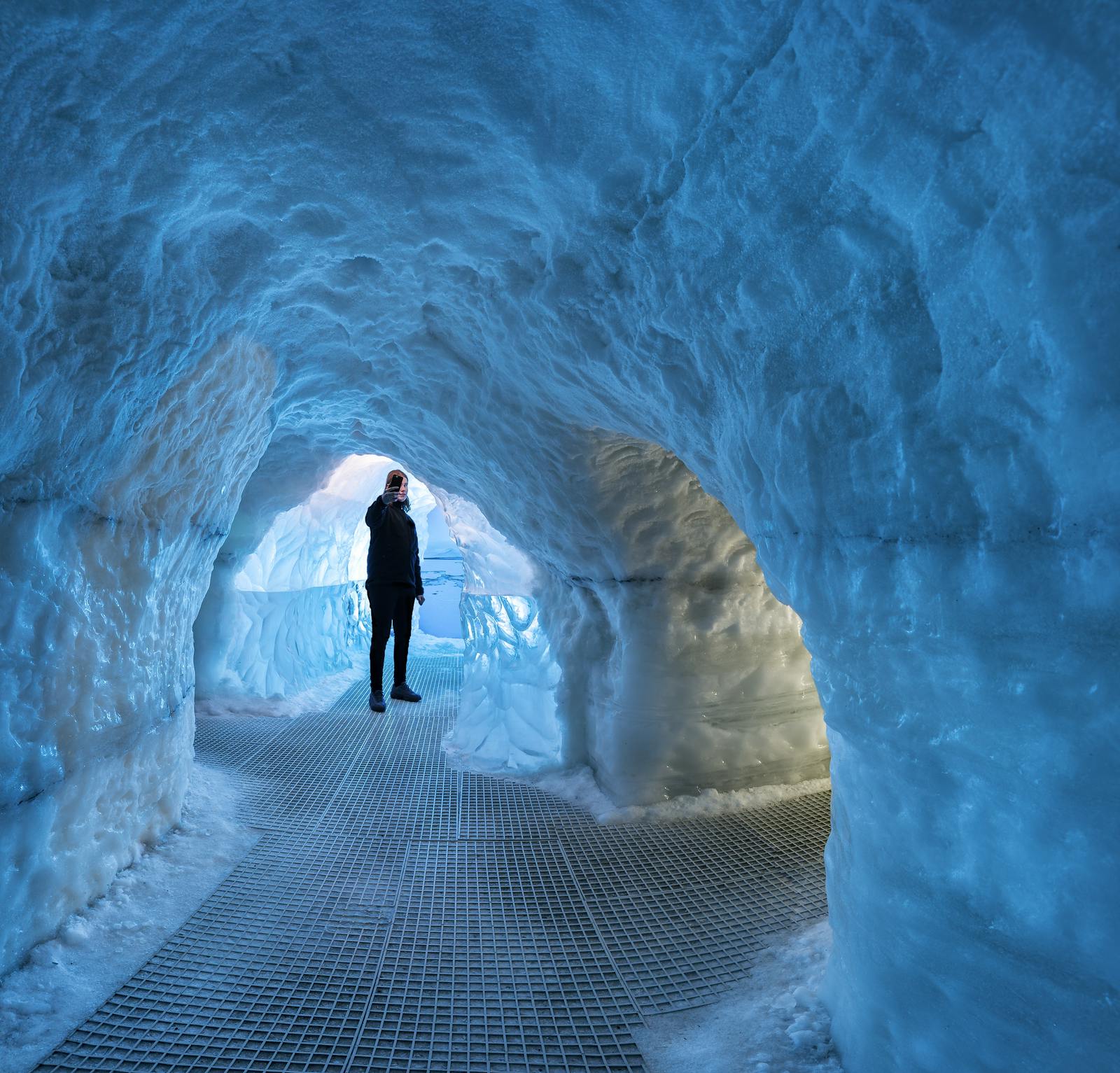
What Happens When Glaciers Melt?
Understanding Glacial Ice Loss
Glaciers form over thousands of years as snow accumulates and compresses into solid ice. These slow-moving rivers of ice store massive amounts of freshwater. When glaciers melt, that water flows into the ocean, directly increasing sea levels.
The Greenland and Antarctic ice sheets are the earth's two largest ice bodies. Together, they hold over 99% of the world’s freshwater ice. If they melt significantly, they could dramatically raise global sea levels.
Sea Ice vs. Glacier Ice – What’s the Difference?
One common misconception is that melting sea ice contributes to rising ocean levels. This isn’t entirely true. Think of it like ice cubes in a glass of water—when the ice melts, the water level stays the same. Similarly, melting sea ice (which floats in the ocean) doesn’t contribute much to rising sea levels. However, glaciers and ice sheets are different because they sit on land. When they melt, they introduce extra water into the ocean, causing sea levels to rise.
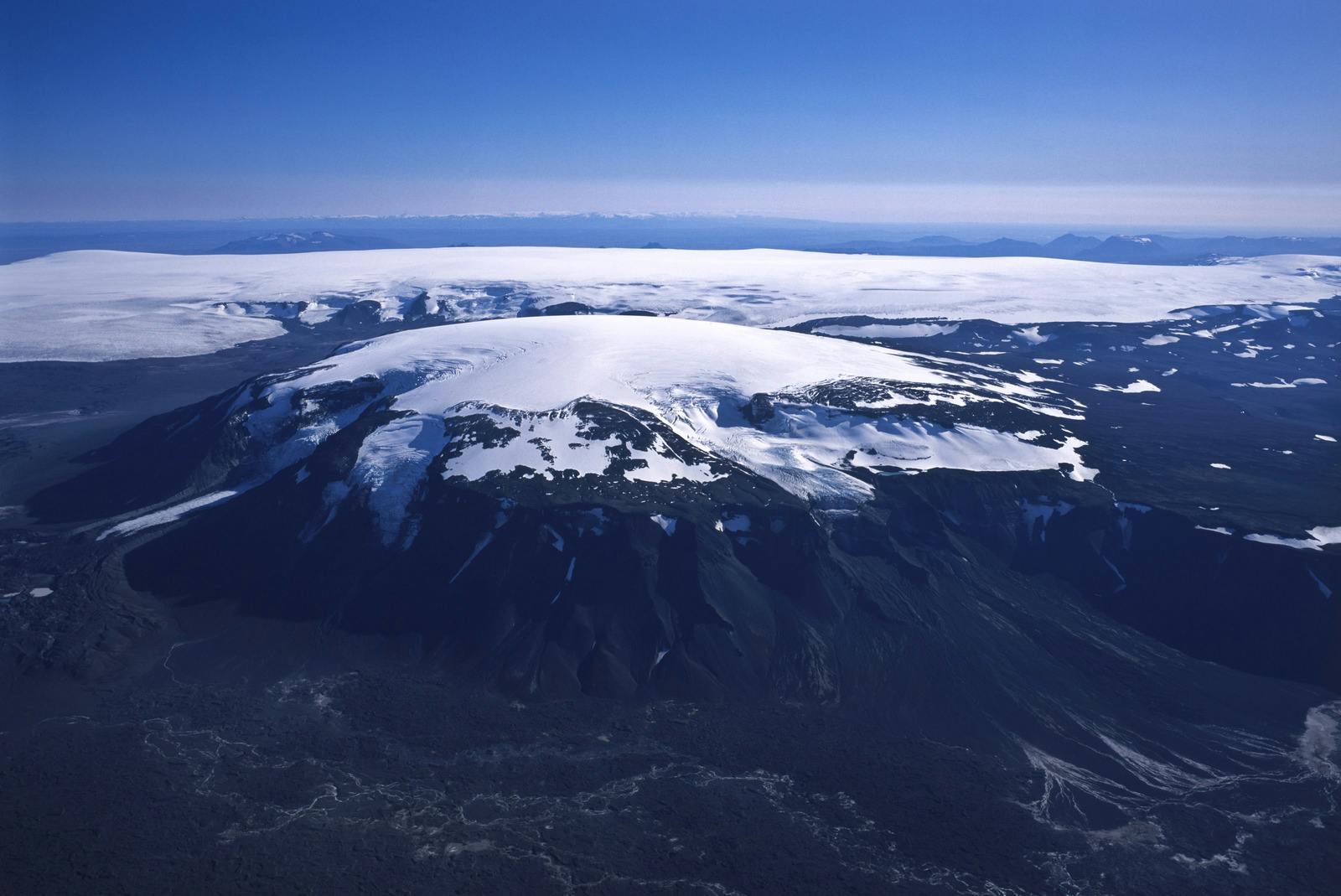
Why Is Glacier Melting Dangerous?
Glacier melting isn't just about rising sea levels; it has a domino effect on the entire planet.
Coastal Cities Are at Risk
As sea levels rise, many coastal regions, including parts of the United States, face an increased threat of flooding. Cities like New York, Miami, and New Orleans could see higher tides, stronger storms, and permanent land loss.
Higher High Tides and Extreme Weather
With more water in the ocean, high tide levels become more extreme. This means stronger storm surges, more frequent flooding, and increased damage from hurricanes and typhoons.
Disrupted Ocean Currents
Melted glacier water is freshwater, which can disrupt ocean currents that rely on a balance of salty and fresh water. This could affect weather patterns worldwide, making some areas wetter and others drier.

How Fast Are Glaciers Melting?
The numbers are alarming:
- The Greenland ice sheet is melting four times faster than it did in 2003.
- The Antarctic ice sheets are losing about 150 billion tonnes of ice per year.
- Sea levels have already risen by about 8 inches (20 cm) since 1900, and they are expected to rise even faster in the coming decades.
- Iceland’s glaciers are no exception. Iceland glacier melting is a growing concern, with glaciers like Vatnajökull, Langjökull, and Hofsjökull retreating at an alarming rate. Iceland could lose all its glaciers within the next 200 years if trends continue.
At Perlan’s glacier exhibition, visitors can walk through an ice cave made from real Icelandic glacial ice, offering a firsthand look at how these icy giants are disappearing.
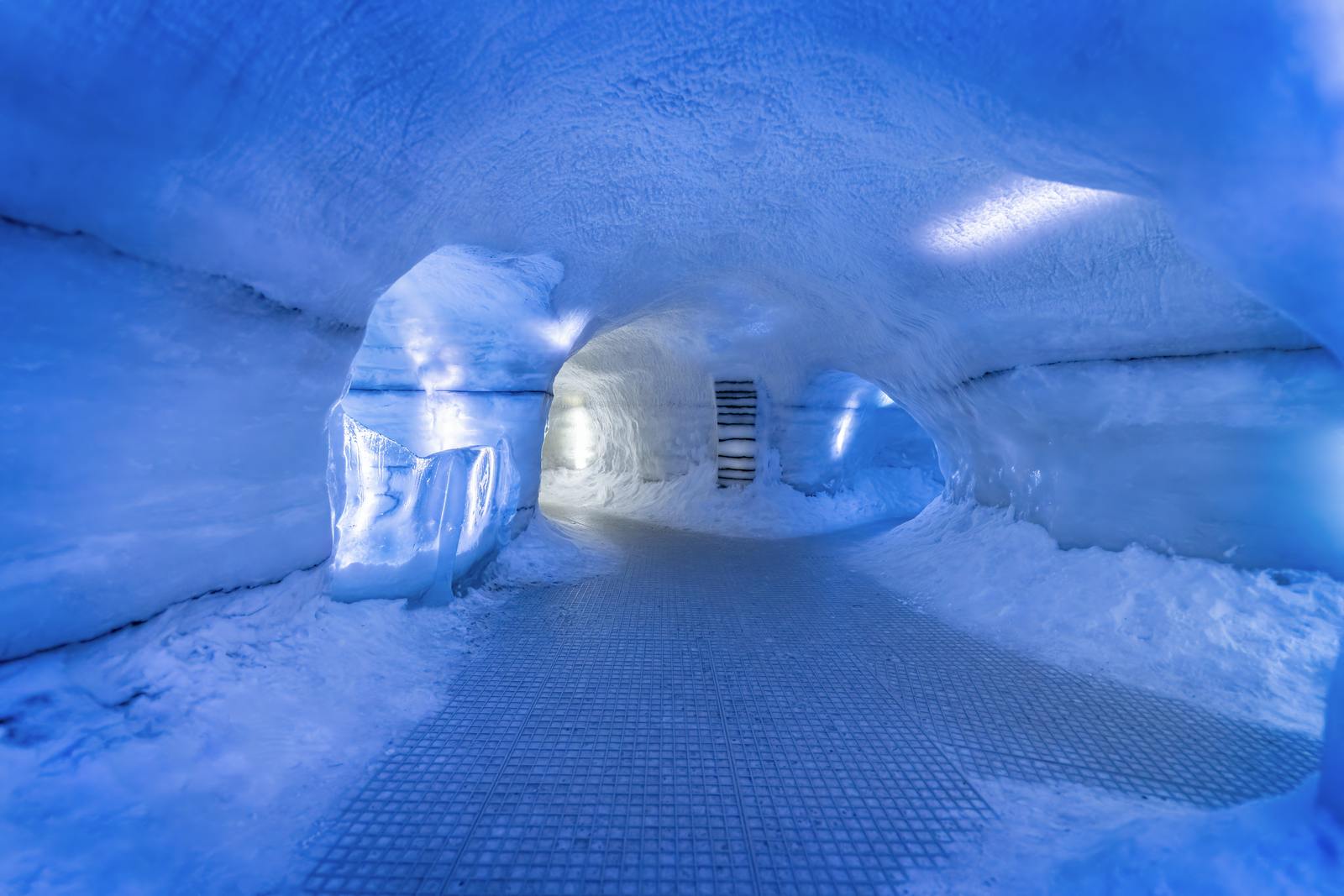
How Can We Prevent Further Glacier Melting?
While we can’t stop ice loss completely, we can slow it down with global action.
Reduce Carbon Emissions
The biggest driver of glacier melting is climate change caused by carbon emissions. Switching to renewable energy, reducing fossil fuel use, and supporting clean energy policies are essential.
Protect Glacier Habitats
Deforestation and land development contribute to glacier melting by reducing the amount of snow and ice that glaciers receive. Protecting natural landscapes can help preserve glacier cover.
Raise Awareness and Education
Places like Perlan in Reykjavík are crucial in educating people about climate change and glacier melting. The more people understand the issue, the more likely they are to take action.
Support Climate Agreements
International agreements like the Paris Climate Accord aim to limit global temperature rise to slow glacier melting. Supporting these efforts is key to making large-scale change.
Glacier melting and ice loss are driving global sea level rise, threatening coastal communities, freshwater supplies, and weather patterns worldwide. With its rapidly retreating glaciers, Iceland offers a firsthand look at these changes.
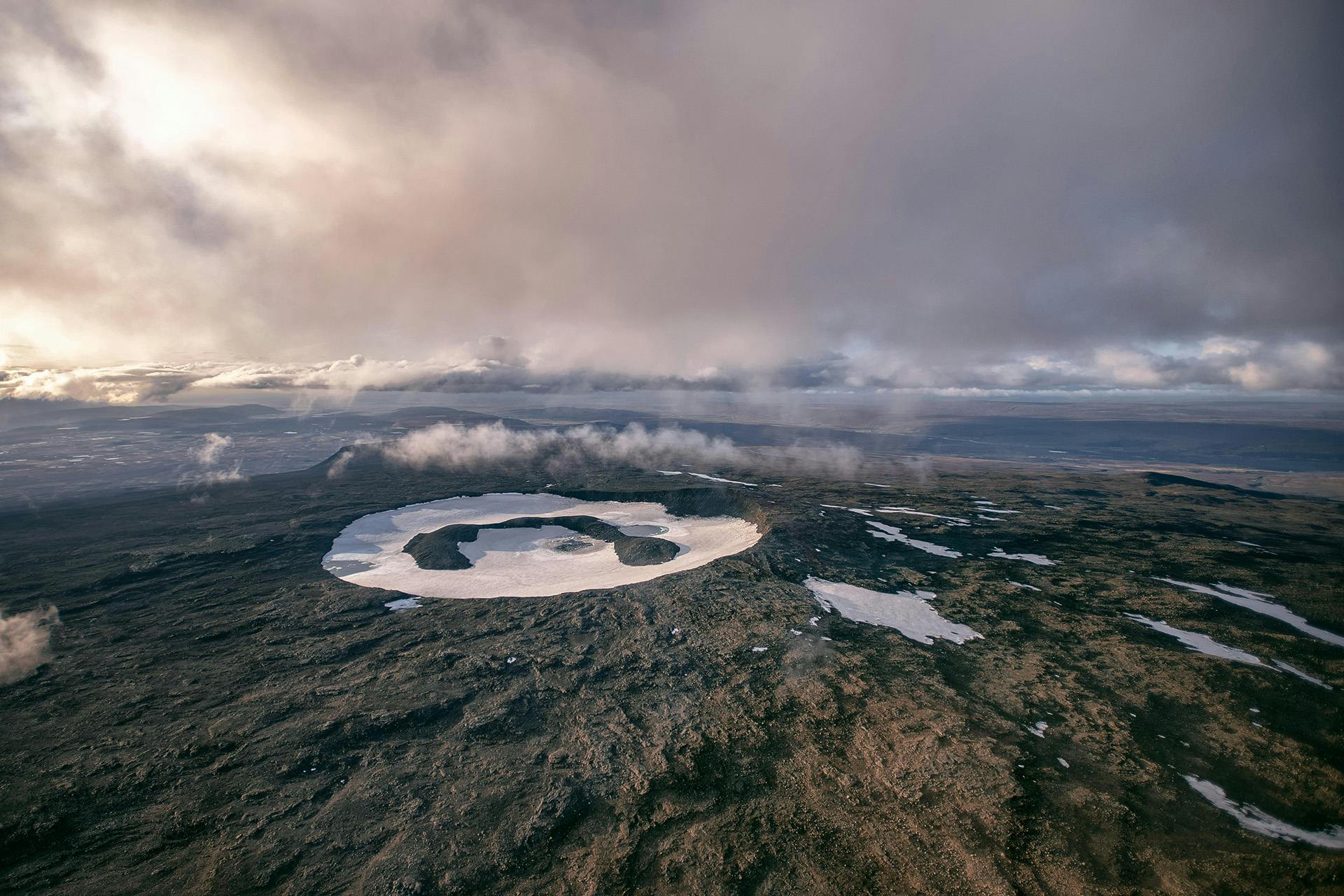
FAQ
Does all melting ice cause sea levels to rise?
Only melting land-based glaciers and ice sheets contribute to global sea level rise. Melting sea ice, like Arctic sea ice, does not significantly impact ocean levels.
How much would sea levels rise if all glaciers melted?
If the Greenland ice sheet melted completely, it could raise global sea levels by about 20 feet (6 metres). If the Antarctic ice sheets melted entirely, sea levels could rise by 200 feet (60 metres), drastically reshaping coastlines worldwide.
How does glacier melting affect Iceland?
Iceland is losing its glaciers at an alarming rate, which is impacting freshwater supplies and local ecosystems. It is also contributing to rising sea levels worldwide.
What are some examples of disappearing glaciers?
Okjökull, once a glacier in Iceland, completely vanished in 2014. Other glaciers, such as those in Greenland and Antarctica, are retreating at record speeds.
How does sea level rise affect the United States?
Coastal cities like Miami, New York, and New Orleans face increased flooding risks, stronger storms, and possible displacement of millions of people.
Can we stop glaciers from melting?
We can’t stop it entirely, but reducing carbon emissions and switching to sustainable energy can slow the process significantly.
Where can I learn more about glaciers in Iceland?
Perlan in Reykjavík has incredible exhibits on Iceland’s glaciers, including an ice cave experience and interactive displays on climate change.
